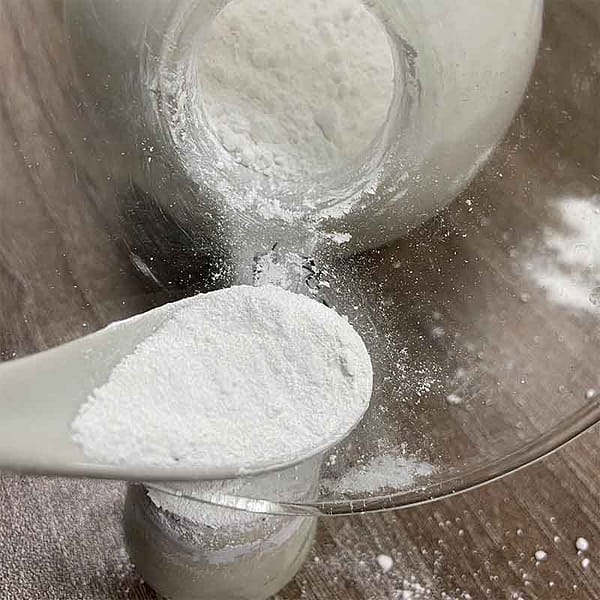In the vast realm of industry the titanium dioxide compound, referred to as TiO2, titanium white or Pigment White 6 (PW6) appears as a shining star, specifically in the field of paints, plastics and paper and rubber. This versatile substance with its brilliant white pigment plays a vital role in transforming the raw material into stunning, vibrant goods. Let’s delve into the wonders of titanium dioxide by exploring its applications, production processes and the impact it can have on different industries.
The Canvas of Titanium Dioxide – A Palette of Possibilities
Titanium dioxide stands as an important component in the manufacture of numerous items, contributing to the appearance and utility of objects we see every day. Pigment White 6 plays a important role in the making of paints. This stunning transparent white color increases the vibrancy and cover of industrial and artistic applications.

In the field of plastics, titanium dioxide not only imparts color, but can also function as an UV stabilizer protecting against the harmful effects induced by ultraviolet radiation. Its dual functionality makes titanium dioxide a vital component of numerous plastic products. They range from tough outdoor goods to packaging materials.
The Manufacturing Alchemy – Titanium Dioxide Production Processes
Two methods are the mainstays in the production of titanium oxide: the sulfuric acid method, and the chlorination-acid technique. Each method is unique and has its own applications. This explains the versatility of titanium dioxide for various industries.
The Sulfuric Acid Method: This method involves the reaction titanium-bearing ores with sulfuric acid and sulfuric acid, resulting in the formation of a solution of titanium sulfate. This solution is then hydrolyzed to produce hydrated titanium dioxide. The final product after the calcination process is white powder that can be used in a variety of applications, including paint and paper industries.
The Chlorination Method: By contrast, the chlorine process uses chlorine gas to react with the titanium-bearing mineral, resulting in titanium Tetrachloride. The titanium tetrachloride goes through a series of chemical changes to create pure titanium dioxide. This process is employed to produce titanium dioxide in the plastics and rubber industries.
The Art and Science of Titanium Dioxide Applications
Titanium Dioxide paint that shines with brilliant clarity across all industries. The capability of titanium dioxide to create a vivid, white color, with excellent coverage and excellent coverage makes it a good option for residential and industrial applications. Its brilliance isn’t just visually appealing, but also functional as well. It increases the endurance of paint-coated surfaces.
Shaping Plastics with Radiance: In plastics, titanium dioxide serves a dual purpose. Beyond its role as a white pigment it is also an UV stabilizer that provides vital protection from the damaging effects of sunlight. This makes titanium dioxide an integral component in the production of outdoor plastic products, ensuring they maintain their structural quality and aesthetic appeal over time.
Paper Whiteness and Opacity In the paper industry, titanium dioxide contributes to the transparency and whiteness of paper products. The addition of titanium dioxide increases the brightness of the paper, making printed materials more vivid and readable. Titanium dioxide is used in the manufacture of paper for much more than aesthetic purposes. It also plays an important role in enhancing the overall quality.
Rubber Resilience and UV Resistance: The business benefit from the UV-resistant that titanium dioxide gives. In products made of rubber, particularly those exposed to outdoor conditions titanium dioxide acts as a shield against the damaging UV radiation, guaranteeing the longevity and quality of products made of rubber.
Titanium Dioxide: Beyond Pigment Its Invisible Impact
While the effects of titanium dioxide are very evident in its use as a pigment, its impact is not limited to color. The ability of titanium dioxide to increase the toughness, resilience, and endurance of different industrial materials make the substance an invisble yet vital contributor to the performance and quality of products at the end.
In the end, titanium dioxide emerges as a significant substance and seamless integration into the fabric of numerous industries. In the form of Pigment White 6, it creates a stunning effect on canvases which are both industrial and artistic. Its production is a combination of two processes: sulfuric acid and chlorineation. This creates a broad variety of uses. The possibilities include enhancing the visual appeal of paints, protecting the plastics against UV radiation, brightening paper, or safeguarding rubber, titanium dioxide is regarded as a testament to the harmony of science and art in the world of manufacturing. The brilliance it imparts illuminates our daily lives, shaping an array of products that have an enduring impact and radiant radiance.